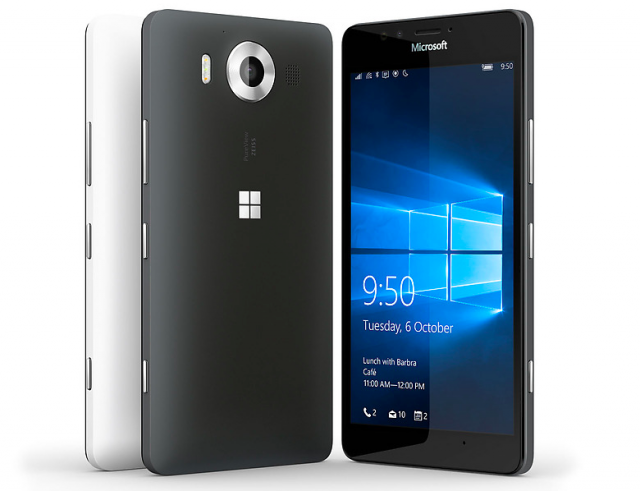
Microsoft: If you wanted to reach a lot of phone customers, Windows Phone isn't the way to do it
The smartphone market is essentially a three horse race these days. Android and iOS lead the way, while Windows Phone (or Windows 10 Mobile) limps along at the rear, looking for all the world as though it needs to be put out of its misery at the knacker's yard.
Today at Build, Terry Myerson admitted that Microsoft's mobile platform has failed to set the world on fire, going on to say that the company's focus is very much on Windows 10 for non-mobile platforms. This means Windows 10 for the desktop, Windows 10 for Xbox One, and Windows 10 for HoloLens and the Internet of Things. He acknowledges that mobile is "the wrong place for us to lead".
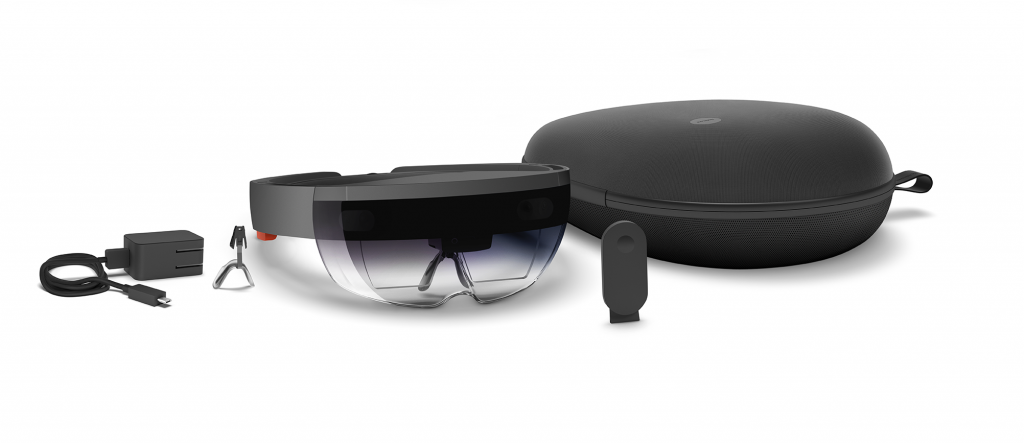
Microsoft announces HoloLens Development Edition, available for pre-order now
HoloLens is unquestionably one of the most exciting pieces of hardware being developed by Microsoft at the moment. The augmented reality system, or "untethered holographic computer" as the software giant refers to it, was first announced a year ago, but since then there’s been no word on when we can actually expect to see it.
Today, however, Microsoft announces a Development Edition which is now open for pre-orders, with shipping starting on March 30. This is the first step towards a consumer version.
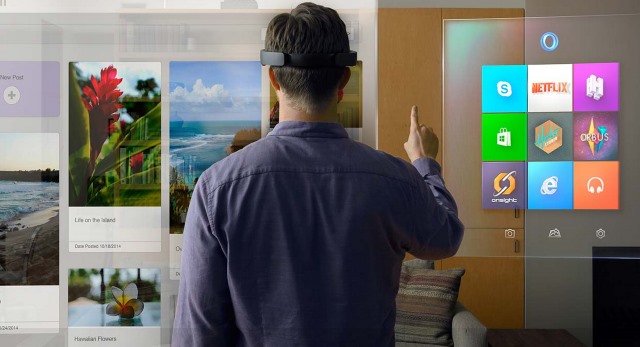
Why is Microsoft not selling HoloLens to consumers?
HoloLens is one of the most exciting things that Microsoft is working on. First showcased more than a year ago, this headset could transform how we interact with technology on a daily basis, making it possible to display holograms on top of everyday objects. Imagine having a huge TV that is playing your favorite show showing up on your bedroom wall, or seeing snow falling down around you on a hot summer's day. The possibilities are virtually endless.
But while HoloLens has no doubt captured the imagination of many consumers, Microsoft has not made a kit available to the general public, choosing instead to only offer it for developers and businesses. Question is, why not consumers as well?
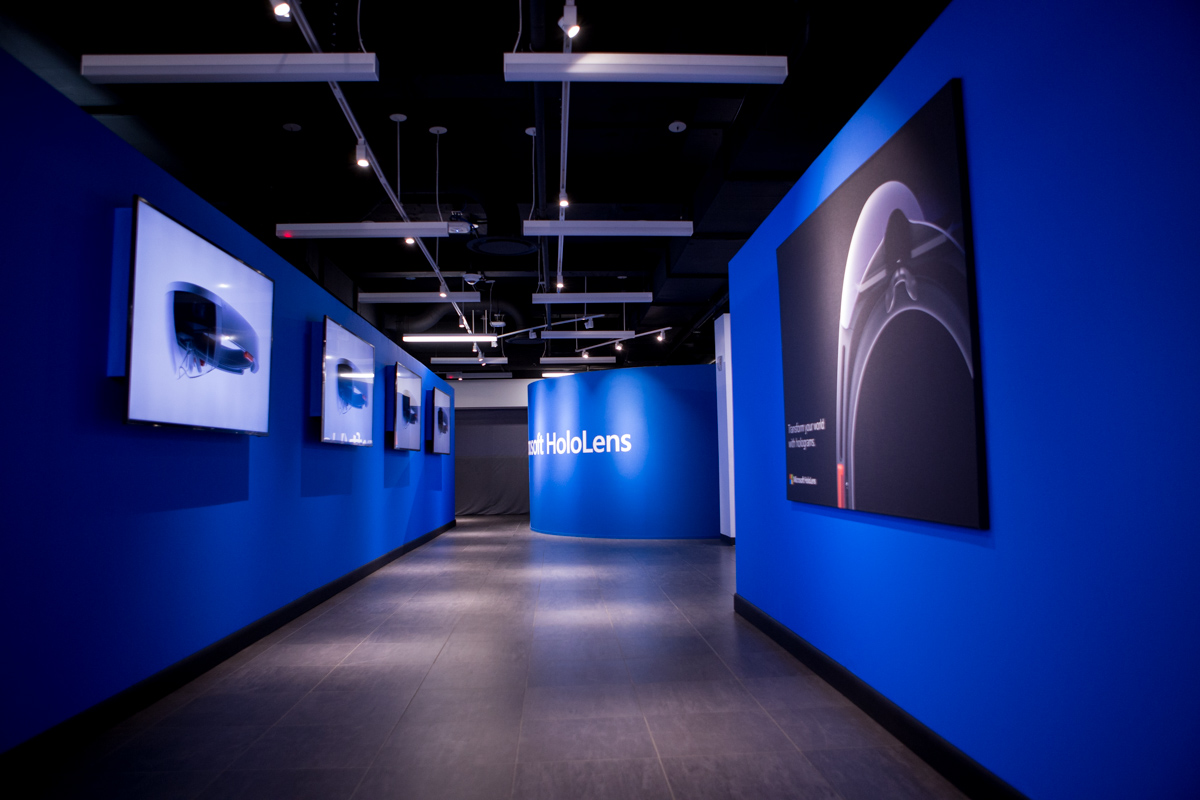
Microsoft opens developer-focused HoloLens experience at NYC flagship store
Virtual reality is hardly new -- it has been around for many years. The sudden popularity, however, is due to lower prices and improved technology. Makeshift headsets like Google's Cardboard impressively leverage existing smartphones, but are limited by being nothing more than slabs strapped to the user's face.
Microsoft's HoloLens is far more advanced as it blends reality with fantasy, for augmented reality, or AR. Yes, it is certainly more expensive, but as wise people say, "you get what you pay for" -- AR arguably has more potential than VR. More importantly, not only is the Windows-maker's solution designed for consumers, but for business and scientific purposes too. For example, NASA is embracing HoloLens. With that said, hardware is only as good as its software, so today, Microsoft announces the opening of a developer-focused HoloLens experience at its NYC flagship store. Will this encourage development?
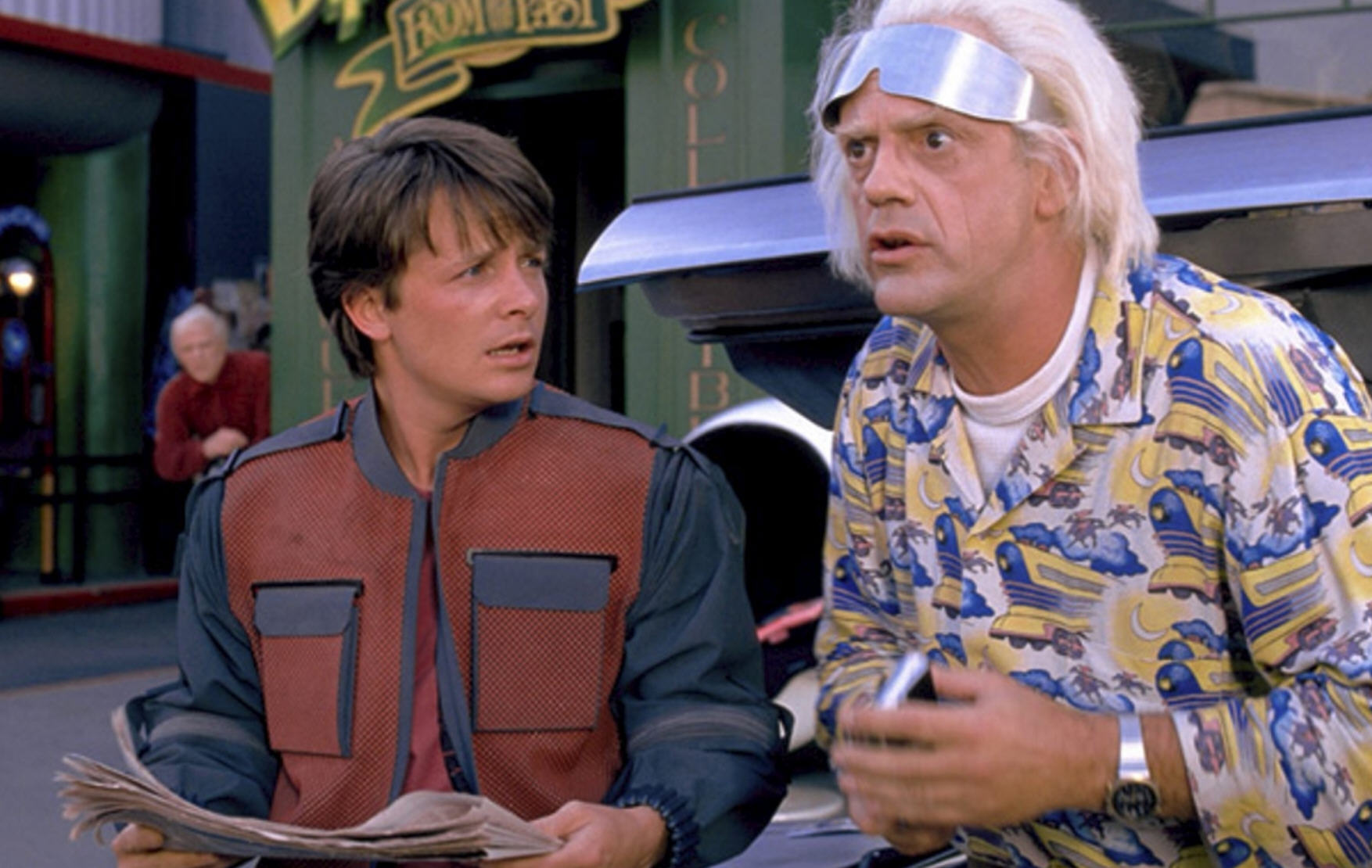
Great Scott! Microsoft celebrates Back to the Future day with a cool hidden Easter egg
Today, as you’ll no doubt be aware, is the day that Marty McFly travels to in Back to the Future II. We might not have proper (fully working) hover boards, flying cars or pizza hydrators in this version of 2015, but we do have a lot of technology that would have seemed very futuristic to someone visiting from the 1980s.
Microsoft believes that the future is precisely on schedule and is celebrating Back to the Future day with a cool Easter egg on its website. Here’s how to find it.
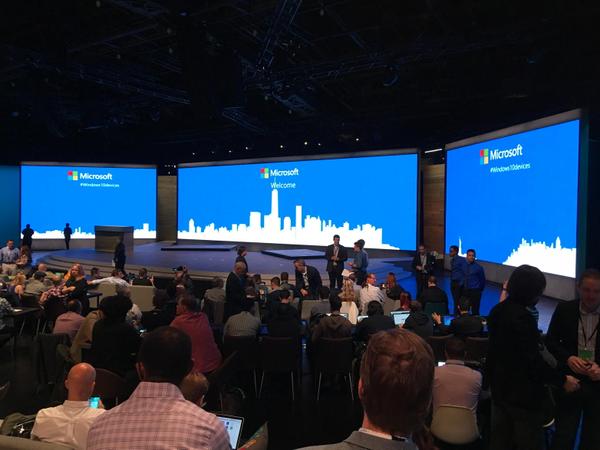
Everything you need to know about Microsoft's Windows 10 hardware event
Microsoft's Windows 10 hardware event has been an impressive tour de force, as we have seen the company reveal a significant number of exciting new products. The focus has been on Surface and Lumia devices, but we have also seen Band and HoloLens pushed into the spotlight. And we cannot forget about the news surrounding Windows 10.
Since it can be hard to keep track of everything that Microsoft has talked about, we have crammed everything you need to know about its Windows 10 hardware event into a single article.
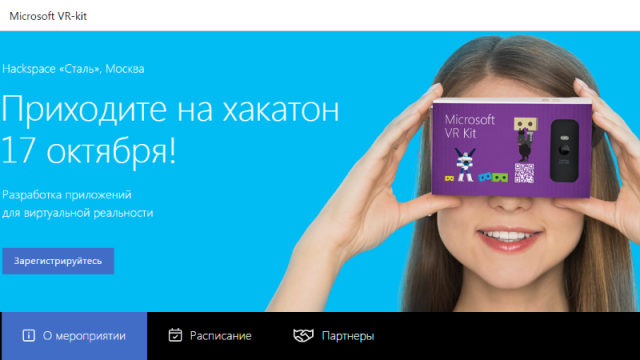
Microsoft working on Google Cardboard-like virtual reality headset
It seems as Microsoft is working on a virtual reality device that bears huge resemblance to Google’s Cardboard project. The Microsoft VR kit will be given to developers attending a hackaton which will take place on October 17.
The kit works the same way Google Cardboard works -- it’s a generic headset with a slot for a Lumia phone.
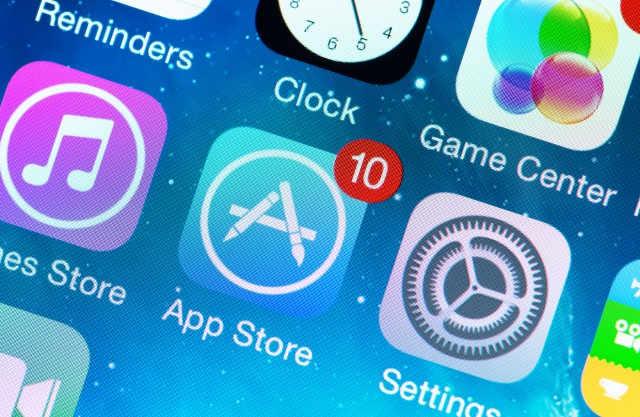
Microsoft open sources Windows Bridge to bring iOS apps to Windows
Microsoft is taking steps to try to ensure that the apps that people want to see on Windows are actually available. We've already seen the company woo developers with tools such as Project Westminster to make it easier to create Universal Windows Apps, and Astoria to help convert Android apps for Windows.
Project Islandwood was the same idea, but for iOS apps -- the idea is that by making it easy to convert apps for Apple's platform into Windows apps, Microsoft can use developers to plug the 'app gap'. To spread the project's net further, it has now been released under the name Windows Bridge for iOS and -- more importantly -- it has been released to GitHub as an open source tool under the MIT license.
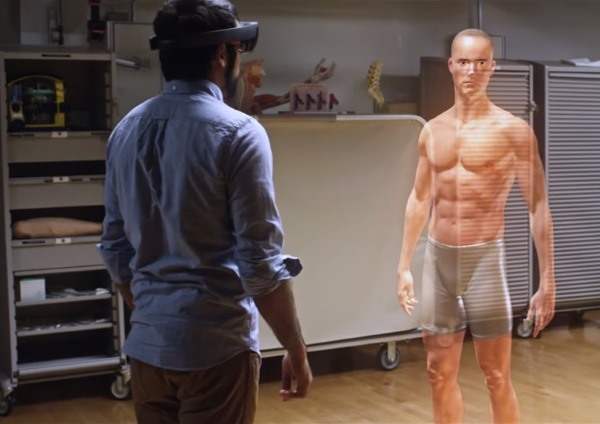
Recording Microsoft HoloLens videos: How it's done
I know this is some Iron Man-level stuff, but it is true. Microsoft’s HoloLens allows you to interact with holographic objects that are set in the real world.
If you told me five years ago that I’d be able to wear a futuristic augmented reality headset and do so many tasks, I wouldn’t have believed you. We already saw what HoloLens can do and how it can make us feel like the Iron Man (except the suit). The best thing is, we are barely scratching the surface of the capabilities of this headset. A recent research paper outlines how the headset can be used to grab live video and turn it into a hologram.

HoloLens' field of vision isn't quite as impressive as you thought
Since Microsoft gave us a glimpse of its immersive HoloLens headset, there has been much pondering about just what to expect from the unit. Until we get an opportunity to go hands on with the new virtual reality cum augmented reality device, we're largely reliant on second hand information about what the experience of using HoloLens is like.
Microsoft has released new footage of HoloLens in action including an almost-first-person perspective that gives an idea of what it's like to wear. What's interesting to note is that, despite the promises of an immersive experience, the field of vision is rather smaller than many people will have expected.
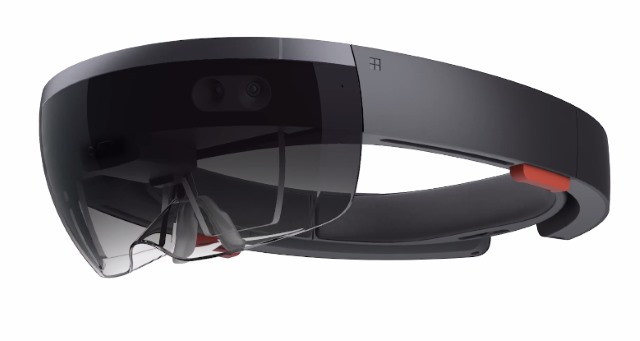
Object Theory to create mixed reality apps for Microsoft HoloLens ecosystem
Microsoft's take on virtual reality, HoloLens, caused waves of excitement when it was announced a few months ago. Today, a new company founded by a former member of the Microsoft HoloLens Studios team launches to start feeding the ecosystem with a range of apps it is describing not as virtual reality, or even augmented reality, but mixed reality.
Michael Hoffman's Object Theory has been set up with the aim of helping other organizations to build apps that take advantage of what HoloLens can offer. We've already seen how HoloLens can run Windows apps in 3D, and a recent demonstration of Minecraft at E3 thrilled gamers. Object Theory wants to ensure that there is a range of impressive apps on launch day.
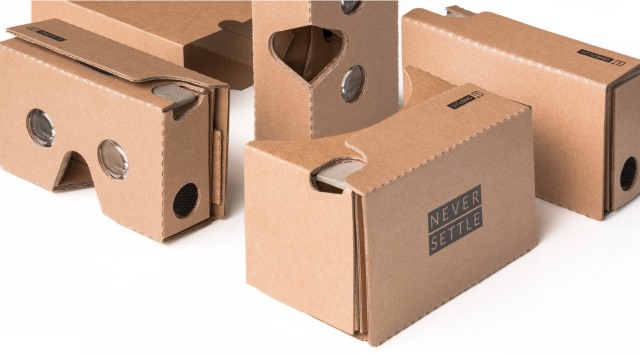
OnePlus has free Google Cardboard VR headsets for everyone!
Virtual reality is making a comeback. Forget the atrocious examples we endured in the 90s, now we have the likes of Oculus Rift to delight our senses, and Microsoft is tempting us with HoloLens. Neither of these are particularly cheap, but Google came up with a cheap alternative in the form of Cardboard.
As the name suggests, this is a foldable cardboard unit which can be used to transform a variety of smartphones into a fully-fledged VR headset. While much cheaper than the likes of Oculus Rift and HoloLens, Cardboard is not free... or at least, it wasn't. Ahead of the launch of OnePlus 2, OnePlus is offering its own OnePlus CardBoard for free.
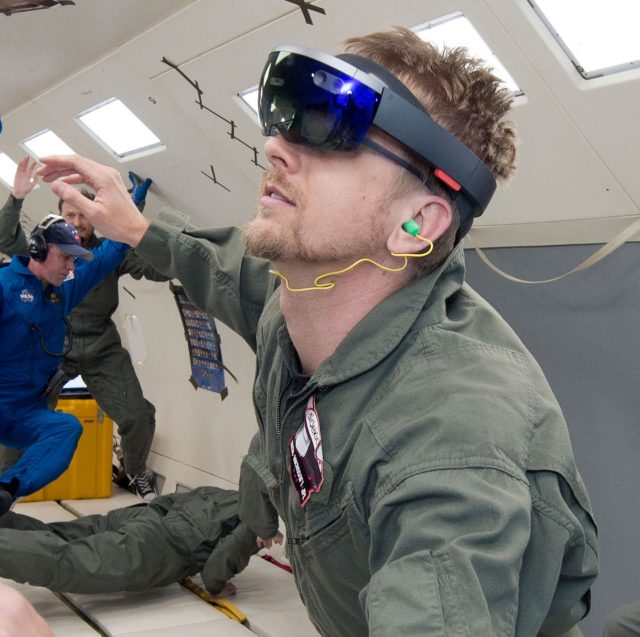
Microsoft and NASA announce Sidekick -- HoloLens-based tech support for astronauts
When it comes to geeky stuff, space exploration is definitely on the top of the list. I am sure many of you dreamed of becoming astronauts as kids; representing your country by working for NASA. Of course, life is unpredictable and we rarely realize our dreams; only a small percentage of humans get to become astronauts with NASA.
Do you know what else is super-geeky and awesome? Virtual reality. Microsoft's implementation with HoloLens takes this to an entirely different level -- beyond just strapping a screen to the user's face. Microsoft has truly captured the imaginations of many. NASA has certainly taken notice, as today it announces a partnership with the Windows-making company to bring HoloLens to space, with a new project called Sidekick.
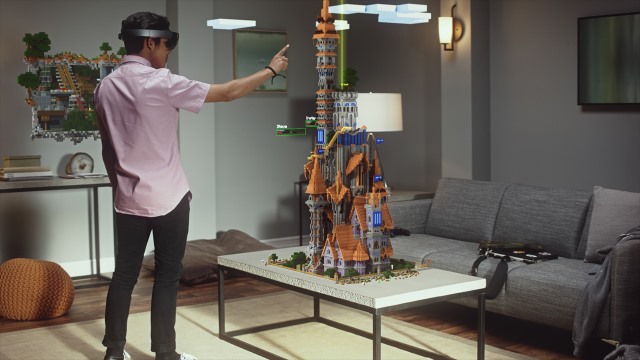
Minecraft is coming to Microsoft HoloLens, and it looks incredible
It has been a few months since we first heard about HoloLens, Microsoft's foray into holographic virtual reality. We've already been told that the platform will be able to run Windows apps in 3D, but -- let's be honest -- what people are really looking forward to is the potential for games. Today at E3, Mojang demoed the upcoming HoloLens version of Minecraft.
This is a game that has proved phenomenally successful, and the preview showed off today looks nothing short of incredible. This is a game that is all about the third dimension, and truly takes advantage of what HoloLens has to offer in this department.

Microsoft HoloLens can run Windows apps in 3D
When Microsoft unveiled HoloLens a few months ago, it came as something of a surprise. It's essentially Google Glass meets virtual reality on steroids, throwing the users into a 3D world filled with holograms, all powered by Windows 10. Today at build 2015, Microsoft showed off some of HoleLens' capabilities.
Something that had been talked about when HoloLens first came to light was the possibility of running regular Windows 10 apps in HoloLens. In a demonstration, Microsoft showed how Windows 10 Universal apps can be used in 3D space, 'projected' onto floors, walls and other surfaces.
